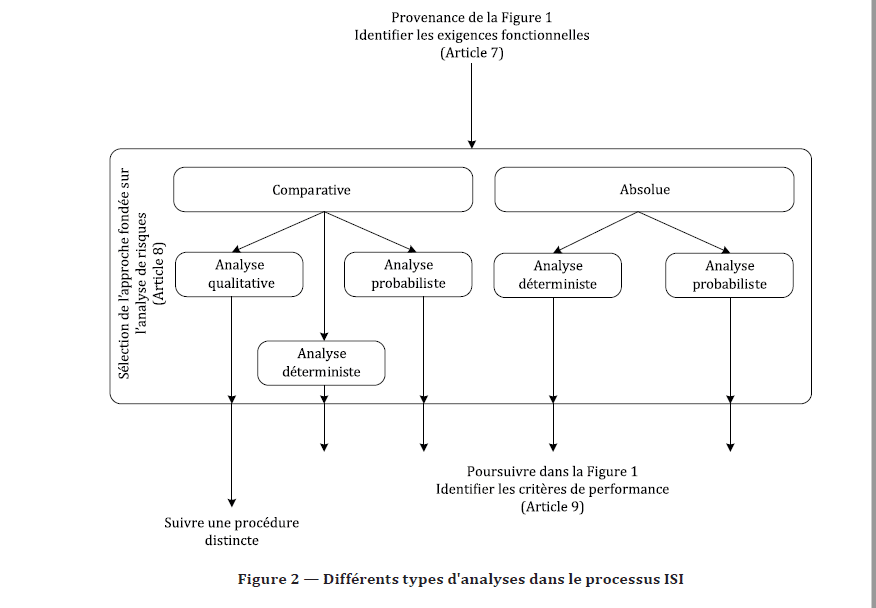In a few words
In the context of a new development, the purpose of this smoke study is to determine if the installation of a new partitioning system will allow smoke and combustion products to be evacuated from the building in the event of a fire in a safe and optimal manner.
Office building - Paris - Grande Armée
Year
2023
Customer
NC
Location
Paris
Typology
Smoke extraction engineering
Continue browsing :
Our other projects :
Latest news:
Description of the project
In the event of a fire in a building, smoke will develop and spread. This can cause obstruction of escape routes and emergency exits due to heat, smoke fumes and poor visibility. The project aims to use the labor code to ensure proper smoke removal from the compartments by placing full height barriers and complying with LCPP TAC and TMSP standards.
Smoke extraction engineering
3D modeling of spaces for the study of natural smoke ventilation
The purpose of the modeling being the smoke extraction, it is advisable to pay a particular attention, on the one hand to the interconnections between the various spaces of the building (e.g.: staircases, path, doors…), and on the other hand to all the elements which can disturb the passage of the smokes (e.g.: transoms, doors…).
Obviously, the reproduction of the geometry is subject to the constraints of the software used.
Our studies are based on a model of the building at a scale of about 10 cm.
All spaces in direct aeraulic communication with each other should be modeled, since the smoke control study is concerned with all these spaces.
In this framework, we integrate all the parts in aeraulic connection in order not to constrain the area of study by an effect of scale too reduced. We will work independently by compartments.
Modeling of the smoke extraction system
The consideration of the smoke extraction system is obviously particularly important. This modeling involves two steps, which are detailed below:
- geometric consideration of the openings
- Air flow rate of the openings
In this context, we model to scale the smoke extraction openings with their joinery. The CFD fluid mechanics engineering allows to automatically calculate the flow rates according to the prevailing wind and the temperature rise in the compartments (fluid mechanics). There are no fixed flow requirements at windows that face the outside environment. The openings are scrupulously modeled from the architectural plans; this type of opening must be respected for the conclusions of these studies to remain valid.
Position of the fireplaces in smoke extraction engineering
EOLIOS engineers can simulate different types of fire depending on the study location. In our case, a classic office fire was modeled.
Here, the project aims to ensure that the smoke extraction installations are adequately sized to meet the protection objectives, by selecting representative scenarios and positioning them according to specific constraints. The homes are then positioned in accordance with different constraints:
- Maximize the smoke path between the fireplace and the nearest outlet
- Maximize detection time
- Delaying the discovery of fire
- Blocking the use of an emergency exit or clearance
- Promote the accumulation of heat and smoke in a specific area
Methodology
Deterministic analysis according to ISO 23932
Our engineers have been chosen for their advanced expertise in smoke control. This renovation project aims to create new internal partitions based on an open space, i.e. an open space without closed spaces.
It is important to know that smoke moves with the air movement generated by the fire. In the event of a fire, the heat produced by the fire will create a suction air stream which will then carry smoke to the ceiling and through the room. Depending on the wind, a slight imbalance occurs, which in the long run causes the smoke to flow towards the openings on the opposite side.
According to the ISO 23932 standard, the smoke extraction study was based on a deterministic risk analysis.
Study scenario
It was necessary to apply a standardized method to identify a manageable group of design fire scenarios for analysis. Different methods can be used depending on the risk analysis approach. Stakeholder consultation is necessary to ensure that all appropriate scenarios are considered => the proposed study was structured around 3 deterministic (adverse) scenarios per compartment.
Conclusions of the study
In our different scenarios, smoke could rush into the corridors causing a faster disruption of clearances or smoke that develops as a lurking ceiling and moves more commonly to the opposite façade.
The EOLIOS engineers had to bring their knowledge in order to validate a new design proposed by the owner and allowing to guarantee an aesthetic and a serene and optimized evacuation of the members of the personnel who will be in the future present in the premises.




